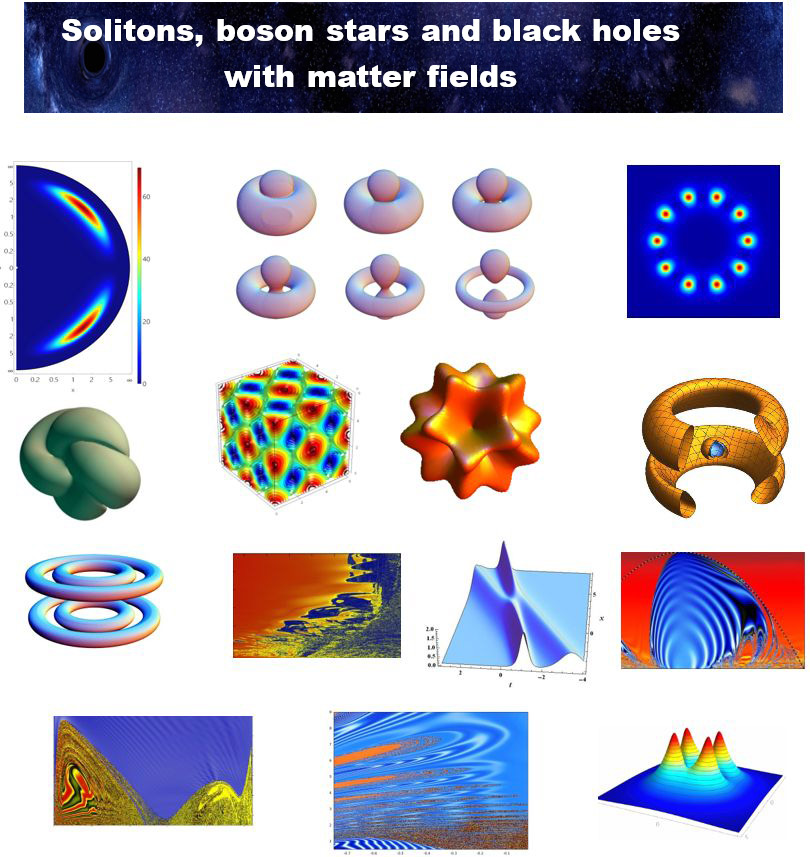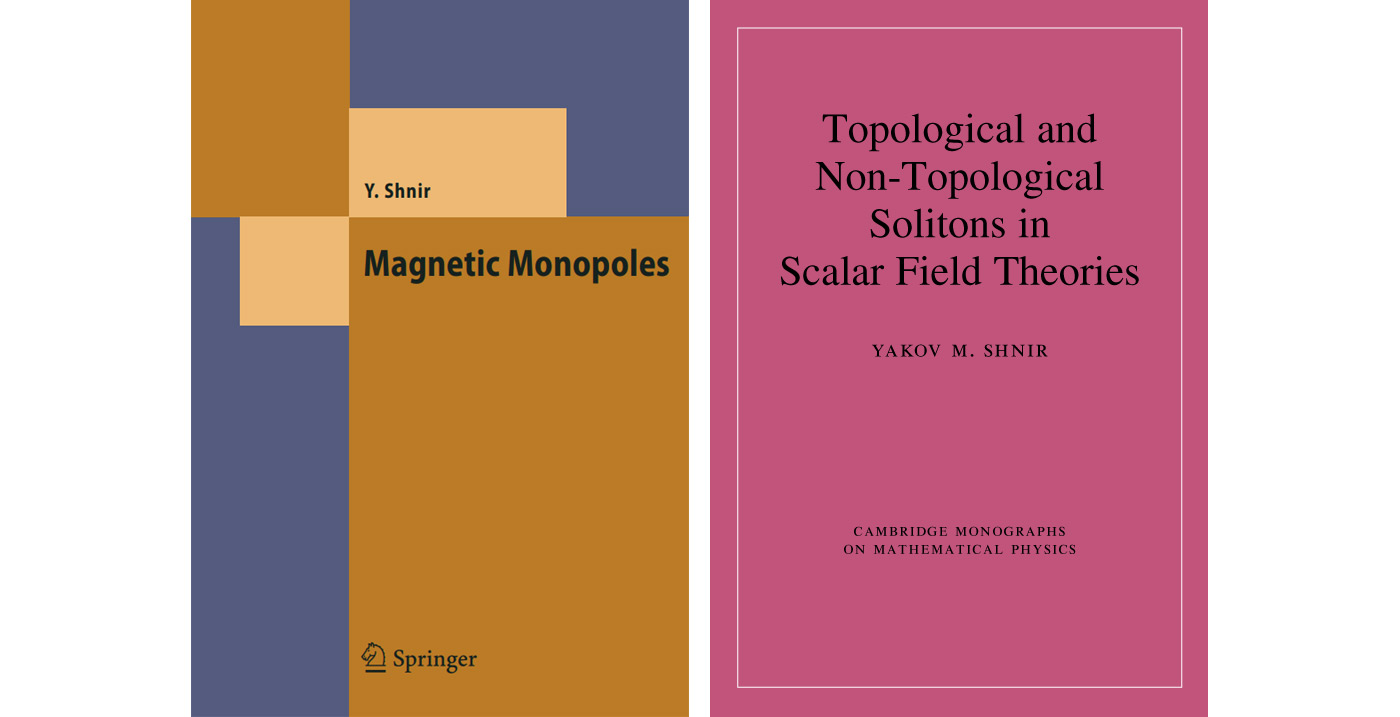Scalar solitons, boson stars and hairy black holes
Media, 14 July 2021
The First JINR Prize for 2020 in the section «Theoretical research» was awarded to J. Kunz (University of Oldenburg, Germany), I. Perapechka (Belarusian State University, Minsk), Ya. Shnir (Bogoliubov Laboratory of Theoretical Physics of JINR, Dubna).
 Jutta Kunz, Ilya Perapechka, Yakov Shnir
Jutta Kunz, Ilya Perapechka, Yakov Shnir
One of the most interesting directions of modern theoretical physics is associated with the study of black holes. This is due to the recent rapid development in the emerging experimental gravitational astrophysics, in particular the registration of gravitational waves produced in the collision of black holes or the observation of shadows of black holes, etc. Physical effects in the vicinity of the event horizon can be used as a precise test of general relativity and its possible extensions. One of the important ingredients in this development is that it is closely related to the latest advances in computational physics associated with new algorithms and massive parallel computing. On the other hand, solutions that describe black holes with matter fields play an important role in the holographic approach and the conjecture of the duality of non-Abelian Yang-Mills theories and classical gravity in anti de-Sitter spacetime.
The series of papers “Scalar solitons, boson stars and black holes with matter fields” present new and interesting results. In particular, we have found a new class of stationary solutions of the Einstein theory that describes fermionic modes localized by a strong gravitational field. Other novel results are related to the construction and study of a new family of solutions of the Einstein-Skyrme theory with Kerr geometry, including the case of asymptotic AdS spacetime.
In our works, we also considered new axially-symmetric stationary solutions of the massive Einstein-Klein-Gordon theory with Kerr geometry in synchronized rotations with the event horizon. We also performed a systematic study of thermodynamic properties of black holes with non-Abelian matter fields in the SU(2) Einstein-Yang-Mills theory, which is of interest from the point of view of holographic duality. Working in this direction, we successfully developed and implemented a new numerical approach to the system of equations of general relativity related to the Einstein-de Turck formalism.
In this collection, we considered both topological and non-topological solitons in different spacetime dimensions in the flat and curved geometry. Very precise numerical methods we used allowed us to discover and study very fine effects such as, for example, a new mechanism of resonance energy transfer between the translational mode of solitons and collective perturbative excitations. These methods also allowed us to investigate a very fine effect of interaction between the solitons induced by the presence of localized collective fermionic states. Another implication of this approach is related to the prediction of a new Hopfion phase in the dynamics of a single-component Bose-Einstein condensate. Advanced numerical methods were also used in our study of Skyrme crystals in the extended model of dense soliton matter.
The works were performed in a wide international collaboration with the research groups from Aveiro University (Portugal), Durham University (UK), Krakow Jagellonian University (Poland), Tel Aviv University (Israel), University of Tokyo (Japan), San Paulo University (Brazil) and others. The monograph „Topological and non-Topological Solitons in Scalar Field Theories” included in the series was published by one of the top-ranked publishing houses “Cambridge University Press” in 2018.
Yakov Shnir,
Leading Researcher at BLTP JINR

